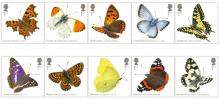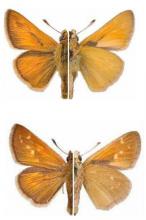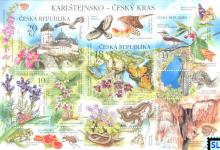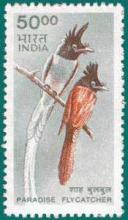Rare moth in severe decline at its last English site
Numbers of a rare species of moth -- found only in York in England -- have tumbled in recent years, a team of scientists has discovered. The Dark Bordered Beauty moth is found on Strensall Common, an area of protected lowland heath near York.










